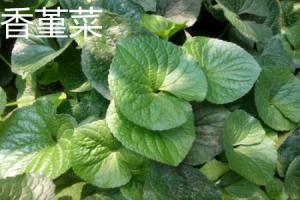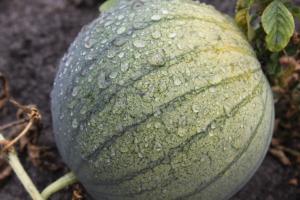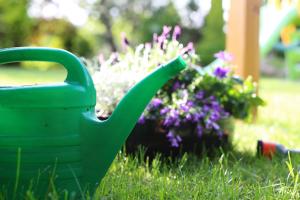How to Trim Hibiscus Plant
Hibiscus is a beautiful tropical plant that produces large, colorful flowers. However, to keep your hibiscus plant healthy and thriving, it is important to trim it regularly. Trimming helps to promote new growth, prevent diseases and pests, and maintain the overall shape of the plant. In this article, we will discuss how to trim hibiscus plant in proper steps.
Step 1: Choose the Right Time to Trim
The best time to trim hibiscus plant is during the active growing season, which is typically in the spring and summer months. Avoid trimming your plant during the fall and winter, as that can cause damage to the plant and slow down its growth.
Step 2: Prepare Your Tools
Before you start trimming your hibiscus plant, it is important to ensure that you have the right tools. You will need a sharp pair of pruning shears, a clean cloth or rag, and rubbing alcohol to sterilize your tools.
Step 3: Remove Dead or Damaged Branches
The first step of trimming your hibiscus plant is to remove any dead or damaged branches. This will help to prevent the spread of disease and pests, and also promote new growth. Use your pruning shears to cut off any branches that appear brown, withered or broken. Cut the branch off at a 45-degree angle, just above the next healthy bud.
Step 4: Get Rid of Crossed Branches
Crossed branches can cause rubbing and create wounds on your hibiscus plant, which can lead to infection or disease. Remove crossed branches by cutting off the weaker or damaged branch, leaving the stronger one intact.
Step 5: Cut Back Overgrown Branches
Hibiscus plants can grow quite vigorously, so it's important to cut back any overgrown branches to maintain the plant's shape and size. Make pruning cuts just above a node or where a leaf comes out. When choosing which branches to cut back, try to maintain a balanced and symmetrical shape for your plant.
Step 6: Trim for Flowers
To encourage your hibiscus plant to produce more flowers, you need to trim back its growth. To do this, remove the tips of the branches, making sure to cut just above a set of leaves.
Step 7: Clean Your Tools
After you have finished trimming your hibiscus plant, it is important to clean and sterilize your tools. Use rubbing alcohol and a clean cloth to wipe down your pruning shears and any other tools that you used.
In conclusion, trimming hibiscus plant is an essential part of plant care, and it should be done regularly to keep your plant healthy and looking its best. Make sure to choose the right time to trim, use the right tools, and follow the steps outlined above. When done right, your hibiscus plants will continue to grow and produce beautiful flowers year after year.

 how many times do yo...
how many times do yo... how many planted tre...
how many planted tre... how many pine trees ...
how many pine trees ... how many pecan trees...
how many pecan trees... how many plants comp...
how many plants comp... how many plants can ...
how many plants can ... how many plants and ...
how many plants and ... how many pepper plan...
how many pepper plan...





























